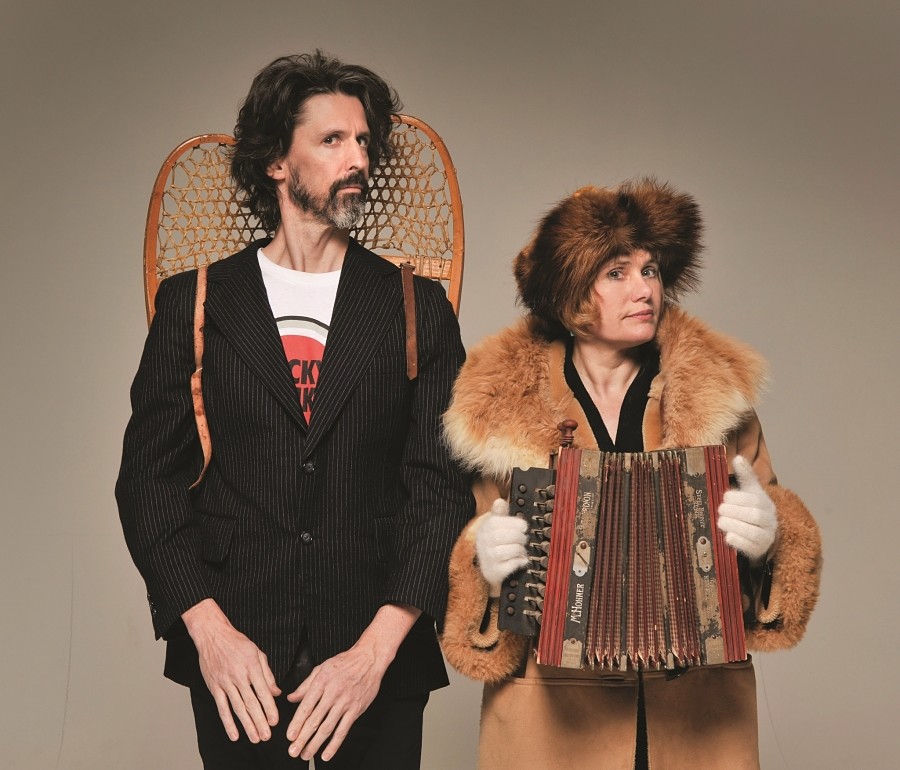Many artists figuratively describe their work as springing from their minds, but Struck has its origins quite literally in Tannis Kowalchuk’s brain.
The co-founder and artistic director of NACL Theatre in Highland Lake, N.Y., Kowalchuk suffered a massive stroke in August 2011. Her physical recovery progressed with remarkable speed, but Kowalchuk wondered how she could better understand the process by which her brain was renewing and rebuilding itself.
“Certain people who have brain injuries get inflated ideas about what they can do,” Kowalchuk said with a laugh. “Maybe that was happening to me. I wasn’t jumping into sky diving, but I wanted to jump into something.”
Her investigations into neuroscience, brain trauma and their impact upon her own life form Struck, which premieres March 21–April 6 at Cleveland Public Theatre. The play follows Catherine, a stroke victim who wanders through an interstitial dreamscape somewhere between life and death. Catherine encounters a mysterious male figure (an angel? her husband? part of herself?) and a ghostly neurologist, as she attempts to piece together what has happened to her brain and being.
Though Struck is elliptical and poetic in execution, Kowalchuk wanted her play to engage with the kind of hard-science concepts that she herself learned about when talking to physicians and neurologists after her stroke. She called upon the assistance of Allison Waters, an old friend and former NACL company member, who left the theatrical world to pursue a Ph.D. in neurology. (Waters returns to the stage—via projected imagery—as the play’s neurologist.)
Director Ker Wells, a self-described “high school science geek,” relished the opportunity to draw connections between the theatrical and the scientific. “I wanted to show that it takes as much creativity and originality to understand brain structure and function as it does to create a piece of theatre,” Wells said.
Meanwhile, working with artists from stage, film and digital art allowed Kowalchuk to refract her highly personal narrative through the talents and experiences of many collaborators. The story of her brain becomes the product of many minds. “It’s a great gift that I’m able to process my experience through art and with these artists I’m working with, who make it more interesting and beautiful than it was,” Kowalchuk said. “It’s taken on this other shape, and it’s a great gift. It’s an honor, in fact.”


